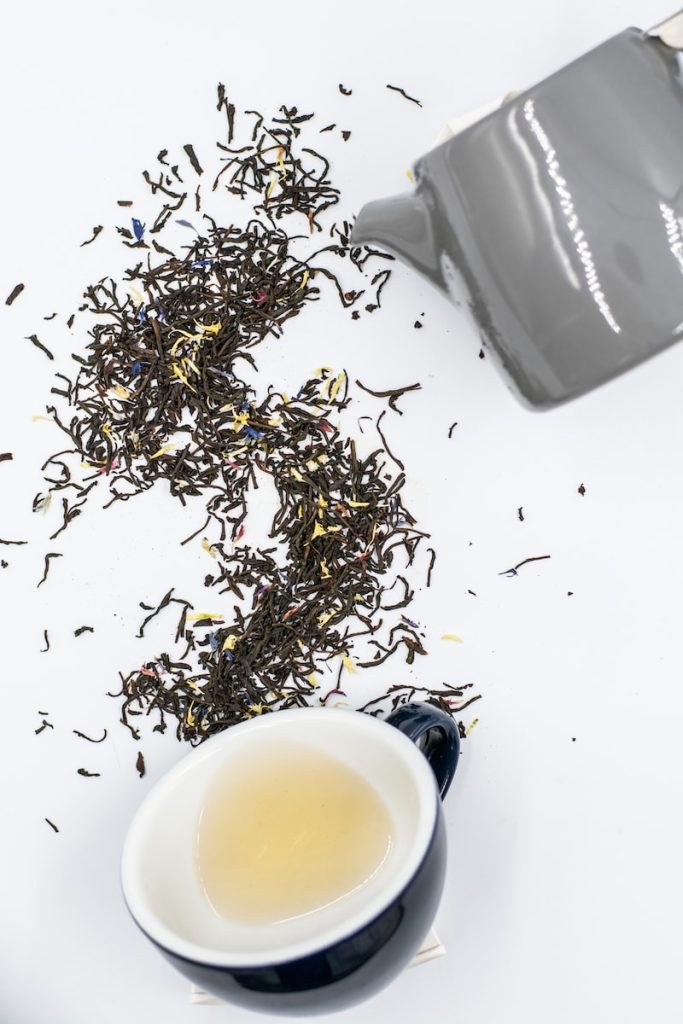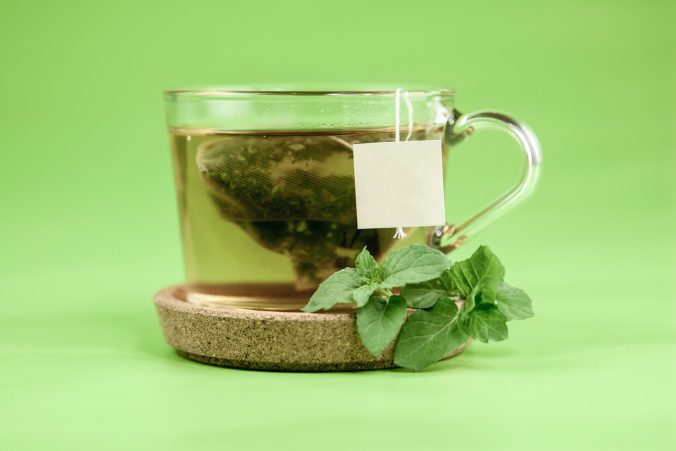Table of Contents
- Is Green Tea Decaffeinated
- Caffeine free green tea, is it real?
- Here are the super easy steps to reduce caffeine on your green tea (or any other teas):
- Conclusion
Is Green Tea Decaffeinated
Teas which come from tea shrub or Camellia Sinensis plant definitely contain caffeine. Whether you prefer black tea, green tea or oolong tea they all have caffeine content only that they vary in concentration amounts. These concentrations amounts are determined by the length of fermentation process where the teas are submerged. This intricate process involves crushing of tea leaves, cutting them into smaller pieces, drying and exposing them through the harsh sun to let them naturally oxidize. Longer fermentation process means more caffeine and shorter fermentation process means less caffeine.

Among the three types of teas, black tea has the most caffeine content (50-60 mg of caffeine per cup) next is oolong tea (35-45 mg of caffeine per cup) and the least is green tea (25-30 mg of caffeine per cup) which is not fermented. Instead of letting it dry over the sun, it is processed through panning or roasting or steaming. Regardless, whether a tea is fermented or not, the fact that it came from a true tea plant it always has caffeine. If you really don’t want caffeine on your tea, you should try herbal teas instead.
Caffeine free green tea, is it real?
There are available green teas which are already decaffeinated but there is no such thing as “caffeine-free green tea”. Don’t be fooled by false ads saying that. A true tea expert and importer Beth Johnston on her write-up about decaffeination processing of teas highlighted that the maximum amount of retained caffeine on any tea product labeled “decaffeinated” should only be 0.4%. If you see more caffeine on your “decaffeinated green tea” which is over that amount, you should definitely consider shifting for a new brand as your favorite tea brand might have not passed the standard guidelines set by the Tea Association Technical Committee (TATC) – the agency where FDA itself relies tea processing and expertise issues.
Some decaffeinated green teas are sold higher compared to its regular counterpart. So if you’re on a tight budget or just can’t find a decaf green tea in the nearest grocery stores in your area, there is a D-I-Y way to extract caffeine on your green tea.
Here are the super easy steps to reduce caffeine on your green tea (or any other teas):
1. Get your tea bag, put in your regular cup.
2. Pour hot (not boiling) water and allow to steep for a minute or longer.
3. Remove the liquid and start over again. You can now enjoy this less caffeinated tea.
Do you know that 60% of caffeine from your tea bags is extracted within a minute of brewing? So if you want to remove or reduce more caffeine on your tea, you may let it sit for longer time. It completely depends on you as long as the flavor is still in tact.
Conclusion
Allowing your green tea to steep longer gives you more flavor and aroma. It is also the safe way of drinking tea. Using rolling water on your tea and drinking it while still hot can damage your digestive tract. So by doing this process you just not reduce caffeine on your cup but also saves your mouth and stomach from getting burned. Savor every tea cup either regular or decaf!
